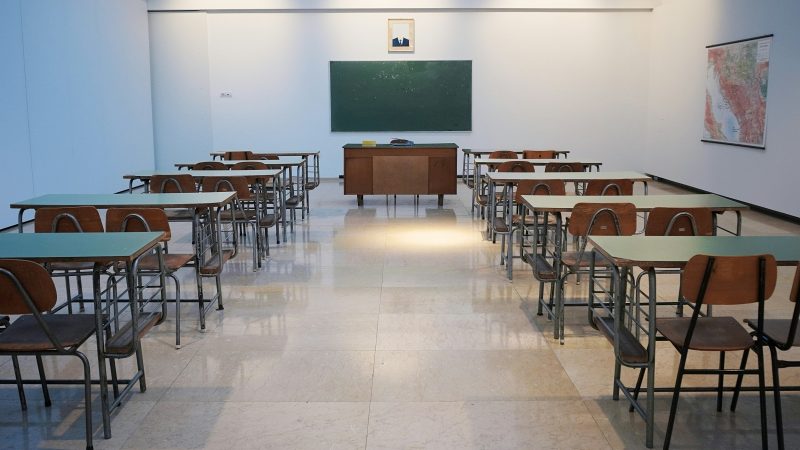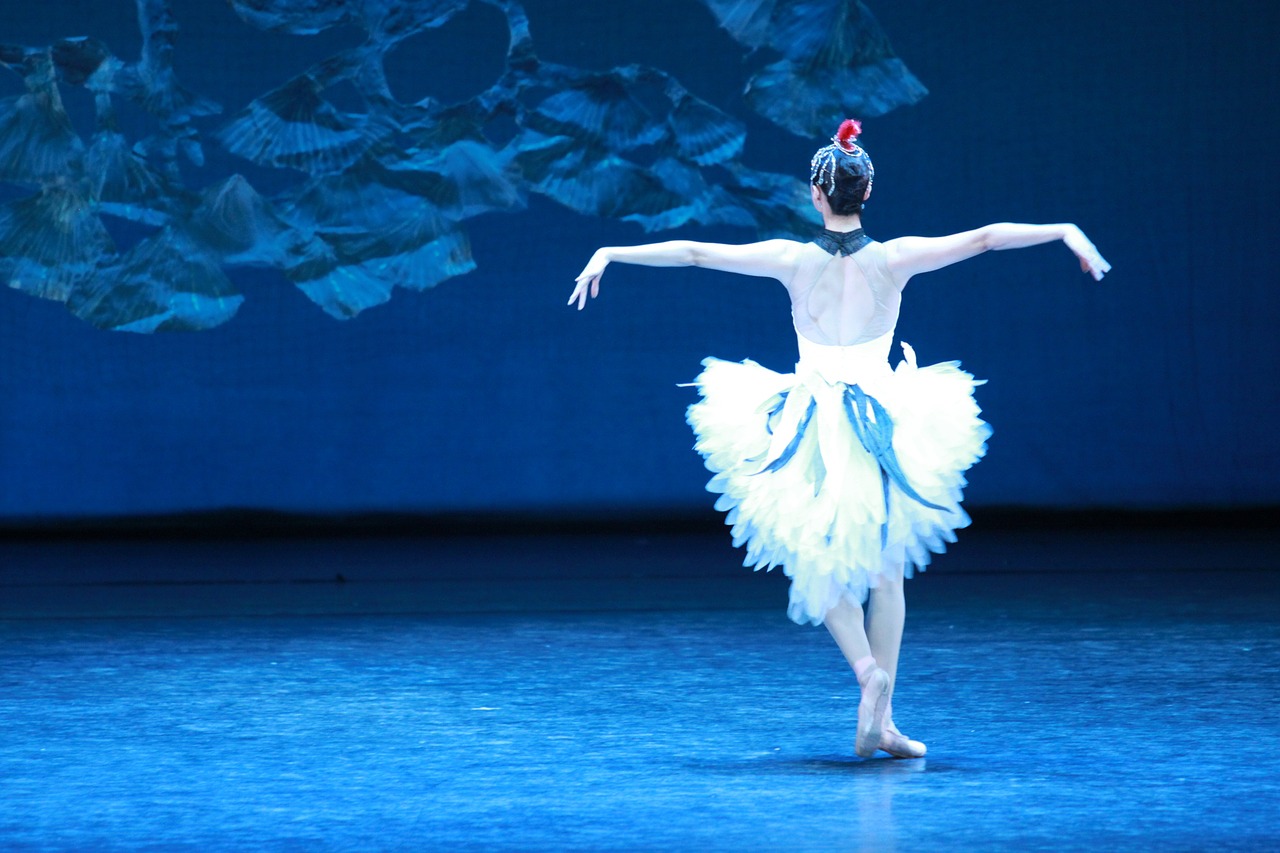What are the most popular sports in UK schools?
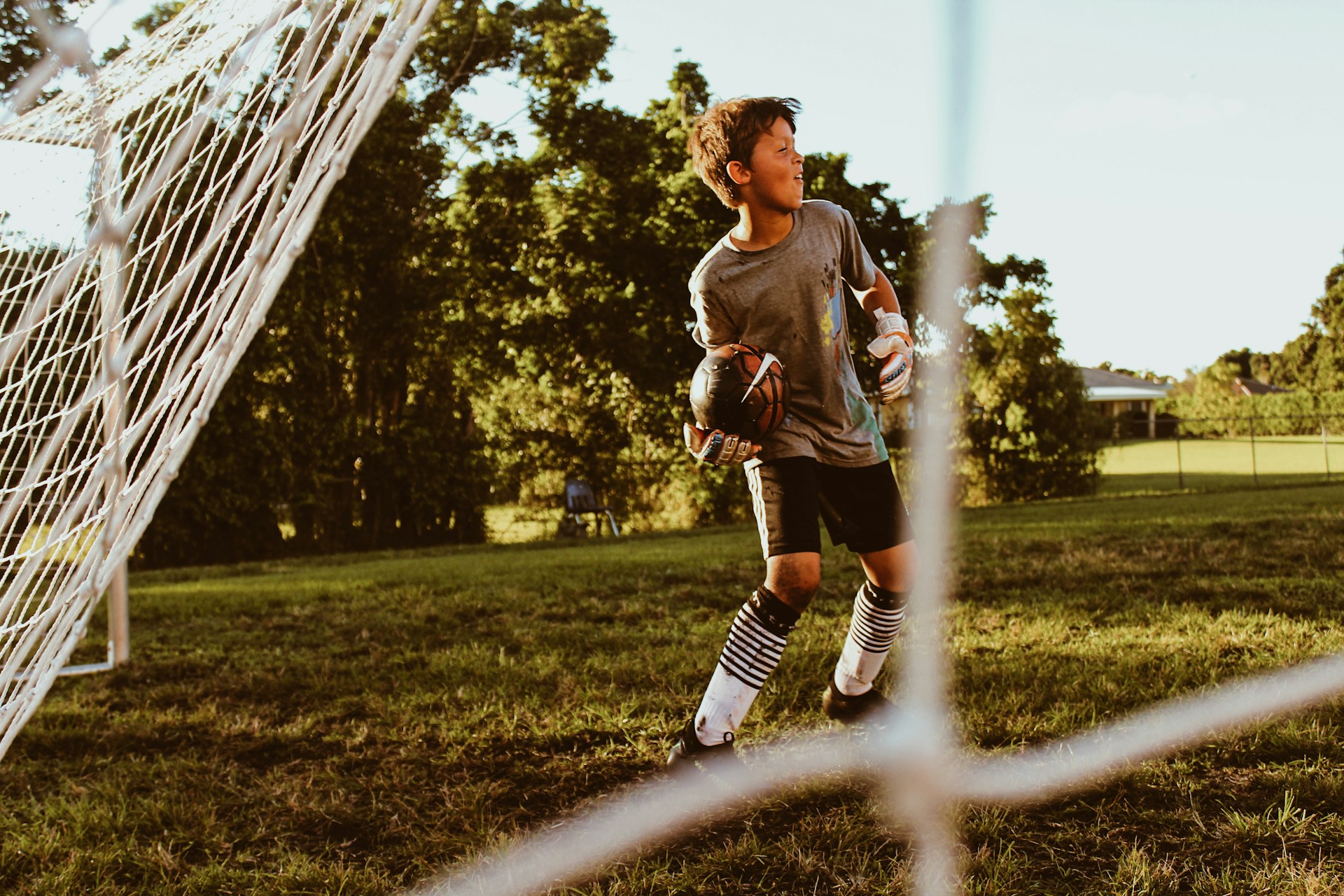
In the vibrant landscape of UK schools, a symphony of sports echoes through corridors and fields, shaping the physical and social development of young minds. From the rhythmic thud of a football against goalposts to the graceful arc of a badminton shuttlecock, sports in UK schools are not just activities but pillars of education. With Physical Education (PE) standing as a mandatory component under the National Curriculum across all key stages, students embark on a journey of fitness, teamwork, and resilience that transcends mere competition.
In this blog, we will have a look at the most popular sports in UK schools, along with the importance of PE in the curriculum, and its long-term impact on physical and mental well-being.
Football
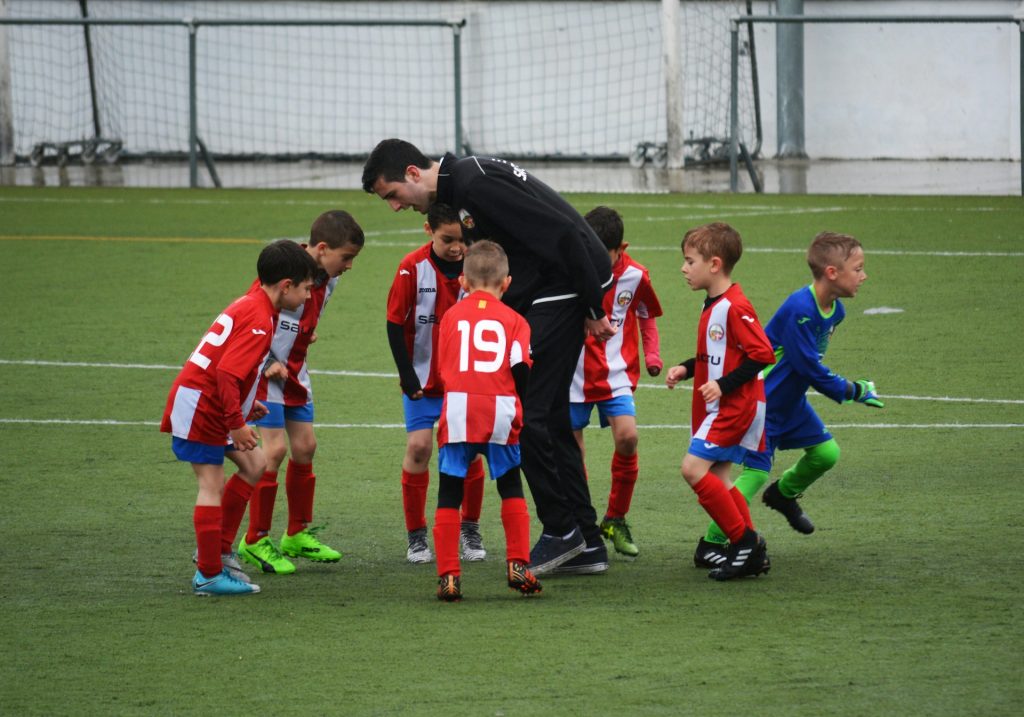
Football holds a dominant position as the most favoured sport in British schools. Its widespread popularity transcends all boundaries, uniting students from diverse backgrounds and fostering a strong sense of camaraderie and teamwork. Engaging in football not only enhances physical fitness but also instils vital life skills like discipline, resilience, and sportsmanship.
Teams consist of 7 players with substitutes rotating in, allowing up to 10 players per team, comprising a mix of boys and girls. Matches can be played in one direction or divided into two halves, with the duration determined by entry conditions. The standard rules of football apply, except for the absence of offside calls.
Rounders
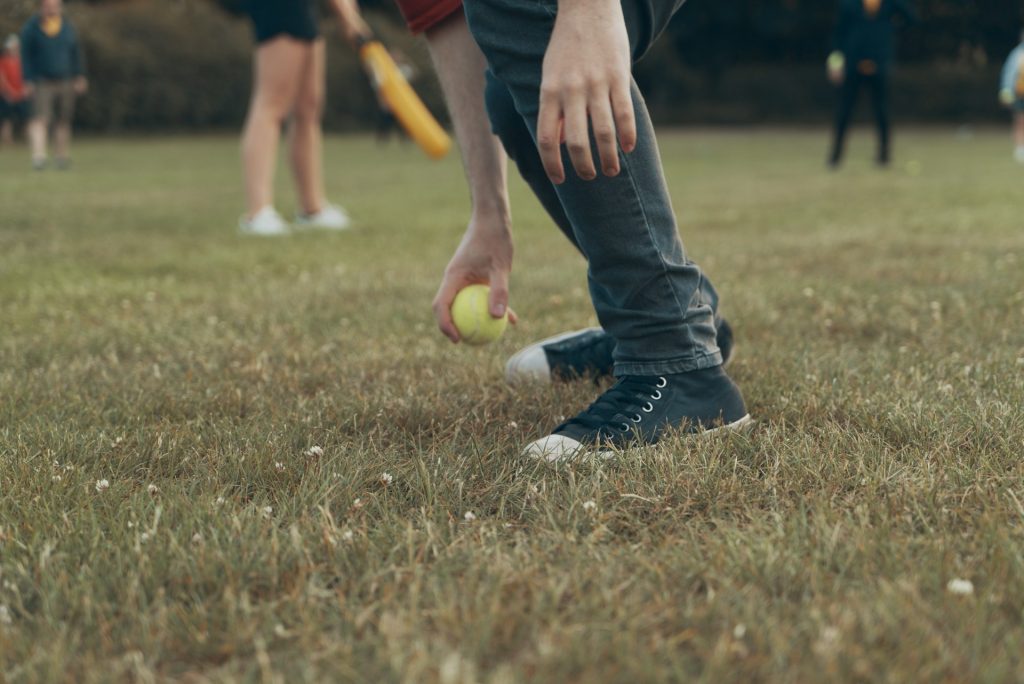
Rounders, a beloved sport in British schools for students of all ages, is a unique game that blends elements of baseball and softball. Dating back to Tudor times, rounders has stood the test of time and remains a favourite pastime. Teams can consist of anywhere from 6 to 15 players, with 9 players taking the field at once.
The game involves one team batting while the other fields and bowls. The bowler delivers the ball to the batter, who then tries to hit it into play on the rounders pitch. The batter’s goal is to run to as many posts as possible before the fielders can return the ball and touch the post they are heading for. Scoring a rounder occurs when a batter reaches the 4th post. A batter can be declared out if a fielder catches their hit before it touches the ground, or by touching the post with the ball before they reach it.
Netball
Netball is rapidly gaining popularity among female athletes in the UK, with schools often serving as the first introduction to the sport for many girls. The game is played with 14 players on the court at a time, evenly split between two teams of 7. The objective is to score a goal by successfully getting the netball through the ring.
Players are restricted to taking only one step while in possession of the ball and must pass it within 3 seconds. Movement with the ball is not permitted, emphasising the importance of strategic positioning and accurate passing. Netball is a non-contact sport, requiring players to maintain a distance of at least 4 feet from opponents with possession of the ball.
Various types of passes are utilised in netball, including chest passes, lobs, shoulder passes, overhead passes, and bounce passes. However, players are limited to bouncing the ball once during a pass and cannot continue moving while continuously bouncing it—a key distinction from basketball. When the ball goes out of bounds, a throw-in is awarded.
A standard netball match consists of four quarters lasting 15 minutes each, totalling 60 minutes excluding breaks.
Hockey
Field hockey is widely popular in UK schools, involving two teams of eleven players. The objective is to manoeuvre a small, heavy ball into the opposing team’s goal. The game starts with a coin toss to determine possession, followed by players passing from the centre line.
With two halves lasting 35 minutes each, victory is claimed by the team with the most goals at the match’s conclusion.
Teaching children hockey involves adhering to basic rules such as using only the flat side of the stick to hit the ball, prohibiting players (except goalkeepers) from using their feet or body parts for control, scoring goals only from within the striking circle in front of the opponent’s goal, and maintaining a non-contact policy that disallows physical interference with opponents. Violations may result in free hits or penalty corners for the opposing team.
Badminton

In UK schools, badminton is a well-liked sport, with matches consisting of three games. Points are earned by the player or team that wins a rally. If the score reaches 20-20, the game is won by the team with a 2-point lead, and at 29-29, the side scoring the 30th point wins. The victorious team in a game gets to serve first in the next one.
Badminton can be played as singles or doubles matches. Points are scored when the shuttlecock lands inside the opponent’s court but lost if it hits the net or goes out of bounds. Players stand diagonally across from each other at the start of each rally and must serve diagonally over the net underarm and below waist height, with no bouncing allowed. After winning a point, players switch serving stations and second serves are typically not allowed, though beginners may be given some leeway to improve their serves. During play, hitting from inside or outside the court is permitted.
Basketball
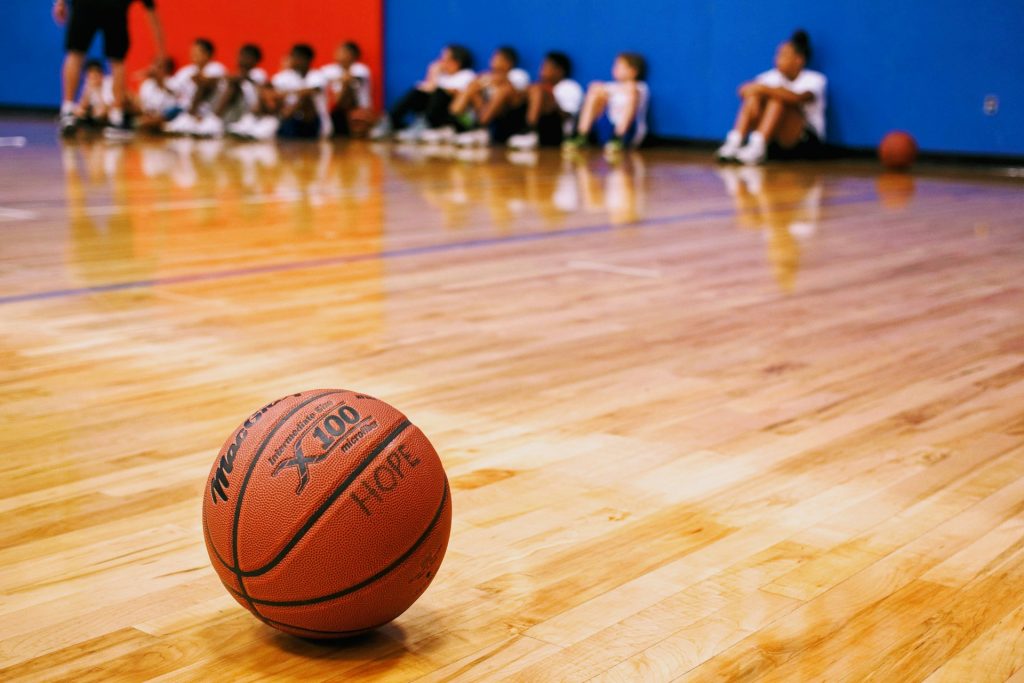
Basketball is a widely enjoyed sport in educational institutions, catering to students of various age groups. It is a non-contact activity played on a rectangular court. Teams consisting of five players each compete against one another to score points by successfully shooting a ball into the opposing team’s hoop, located at one end of the court. The essence of basketball lies in teamwork, with the ultimate goal being to outscore the opposing team by making baskets while defending their own hoop. The team that accumulates the most points by the conclusion of the game emerges victorious.
Players move the ball down the court through dribbling or passing, both techniques demanding significant skill and finesse. Defensively, teams can disrupt their opponents’ play by stealing the ball, intercepting passes, or blocking shots. Violations such as lifting or dragging one’s pivot foot without dribbling, carrying the ball, or double-dribbling are penalised during gameplay.
The importance of physical education in the curriculum
As childhood obesity rates continue to rise globally, it is more important than ever for schools to prioritise physical education within their curriculum. Educating children about the significance of leading an active lifestyle not only helps address current health concerns but also equips them with the knowledge and skills needed to maintain a balanced approach to fitness throughout their lives. By instilling a love for physical activity at a young age, we are laying down foundations for healthier generations and reducing the burden of obesity-related issues across society.
Impact on Mental Health and Well-being
Physical education plays a crucial role, not only in promoting physical health, but also significantly impacting mental well-being. Studies have shown that regular physical activity can help reduce symptoms of anxiety and depression, improve concentration and cognitive function, and enhance overall mood. By incorporating PE into the curriculum, schools are providing students with essential tools to manage stress, boost self-esteem, and develop healthy habits that can last a lifetime. In an age where mental health concerns among young people are on the rise, making physical education a priority is vital for cultivating a generation of resilient individuals equipped to handle life’s challenges.
Participating in physical activities during school hours can also lead to improved academic performance, as exercise has been linked to enhanced memory retention and learning capacity. By engaging in PE classes regularly, students not only strengthen their bodies but also sharpen their minds, leading to better focus and productivity in other subject areas. Additionally, physical education teaches important skills such as teamwork, communication, leadership, and perseverance which are invaluable for personal growth and success beyond the classroom.
Importance of diverse sporting options
Physical education plays a crucial role in the UK school curriculum by promoting overall health and well-being among students. The inclusion of diverse sporting options not only encourages participation, but also caters to a wide range of interests and abilities. By providing exposure to various sports, physical education helps students discover their passions and potential talents. It also fosters teamwork, leadership skills, and perseverance, essential qualities for success both in academics and life. Therefore, it is imperative for schools to prioritise physical education and offer diverse sporting options to ensure that every student can benefit from a well-rounded education that nurtures both the mind and body.
